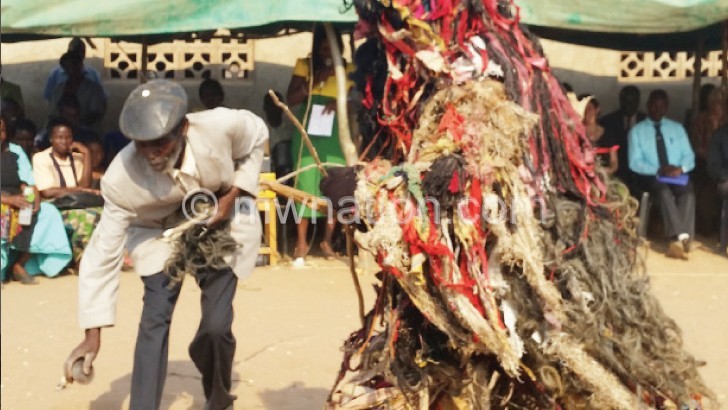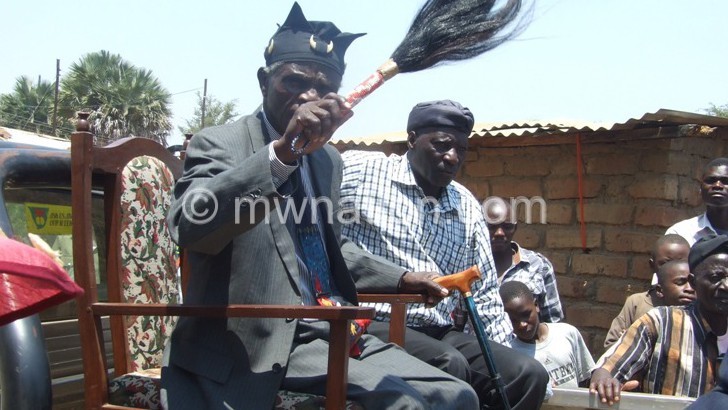Mixture of cultures in chinkhoswe ceremony
 Culture being the learned behaviours that identify people and differentiate groups of people seems to be changing drastically.
Culture being the learned behaviours that identify people and differentiate groups of people seems to be changing drastically.
Recently, in Malawi we have seen a mixture of different cultures when it comes to marriage ceremonies because of intermarriages between people from different regions and those from different countries.
In Malawi the greatly practised traditional engagement ceremony commonly known as chinkhoswe seems to have changed over the years either to accommodate the family that one is marrying into which has completely different ideals or to modernise the practice so to say.
For instance, we have constantly seen the female being escorted by a group of dancers to spice us the ceremony. In other cases, when the female comes up she is supposed to go and identify her husband to be with a glass of drink, something that is supposedly have come from Nigerian customs seen through Nollywood films.
Then there is also the aspect of the young man and woman giving each other engagement rings, a practice borrowed from the West.
According to thetravelworld.com in Malawi two people are considered officially engaged only after completing a traditional engagement ceremony, known as chinkhoswe in the central and southern regions of the country and malowolo in the northern region.
A malowolo ceremony occurs when both a boy and a girl tell their families about their plans to get married, but there is no big celebration as there is with a chinkhoswe. A date is set for both families to meet, to get to know each other and to agree on the bride price, or lobola. This price can be either in the form of cash or cattle. In most cases the amount set depends on the girl’s level of education – the more educated she is, the higher the bride price.
During this cultural ceremony, only close family members are allowed to attend. The boy may choose to pay the bride price straightaway or may pay in instalments. Either way, the two are then considered engaged.
Although traditional chinkhoswe celebrations have always been big in Malawi, nowadays people prefer small gatherings and invite only close family members and friends. Once the date is set, the families inform their village chiefs about the engagement after presenting them with money or live chickens. Preparations for the engagement may then begin.
It is usually the girl’s family that assumes most of the responsibility for the planning; the venue for the celebration is often at the girl’s home. In advance of the festivities, women pound maize to make flour for the traditional dish called nsima and prepare a traditional drink called thobwa. Traditional dance rehearsals begin and new clothes for the young couple are bought.
During the ceremony, several symbolic activities take place such as exchanging of chickens to represent the fact boy and girl are part of their new families.
“Relatives from the girl’s side take a hen and those from the boy’s side take a cockerel, swapped as a symbolic demonstration that the girl is now part of the boy’s family and the boy part of the girl’s. Later on, a whole roasted chicken is shared with family representatives, confirming that they will help the couple settle issues in the new marital home.”—additional research material retrieved fromwww.thetravelworld.com





